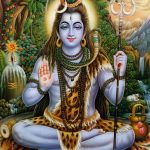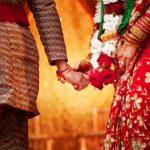Every region and community adds its own special flavor to wedding rituals. Maratha wedding rituals have the same basic flow as other Hindu weddings but add a Maharashtrian touch to them. From the start to the grand finale, every Maratha wedding ritual has a deeper meaning or significance. Read on to know more about Maratha wedding rituals.
Matchmaking or Lagnaach Bedi
The elders in the bride’s and groom’s families arrange Maratha marriages. The Lagnaach Bedi is the process by which the families look for an eligible Var (groom) or Vadhu (bride) from families that they determine to be of the same social standing. An astrologer compares the Kundalis (horoscopes) of the prospective pair for Gun Milan (matching). The astrologer compares the horoscopes further if there are 16 or more points in the basic Gun Milan process. If the astrologer gives his nod of approval, the proceedings move to the next stage. The elders of both families meet in a Baitakh, discuss the match and the prospective wedding and fix the Muhurat (favorable time) for the ceremonies.
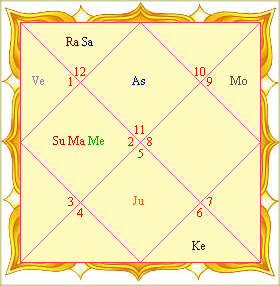
Pre-Wedding Rituals
Engagement
The engagement in Maratha wedding rituals is as simple as the bride’s family and the groom’s family exchanging packets of sugar. This ceremony is the Sakhar Puda and also signifies a sweet beginning for the couple. Some families also exchange sweets, new clothes, and gold/silver coins. The families verbally agree to the marriage at the Waangnischay or verbal agreement. Some families have included a ring exchange in this ceremony in modern times.
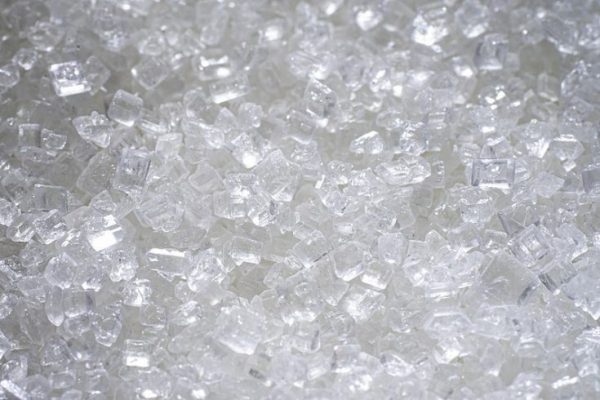
Simant Pooja
The Seemant/Simant Pooja refers to the boundary or border of the village. Traditionally, the bride’s family greets the groom and his family and friends (Baraat) at the limits of the bride’s village. The bride’s mother ceremonially washes the groom’s feet and decorates them with Kumkum and Akshat (rice grains mixed with turmeric) Tilak. She then offers the groom a mixture of curd and honey called Madhupak. The bride’s family shower the groom with gifts of clothes and jewelry. The groom’s mother and other female relatives visit the bride’s home and offer her gifts of clothes and jewelry. The two families then get together for lunch and use this opportunity to get to know each other.
Haldi Chadavane
The bride sits on a small stool and five Suvasinis (married women) apply Haldi (turmeric) paste to the bride. The groom also has Haldi applied and if there is any leftover Haldi paste (Ushti Halad) from the groom’s ceremony, the women apply it to the bride. The bride and groom do not go outdoors after this ceremony.
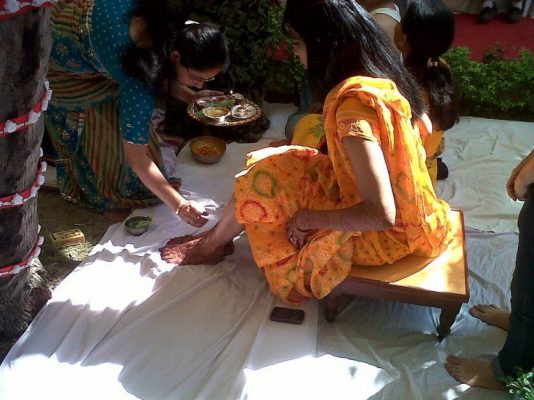
Chuda And Kelvan
The bride, her friends, and her family celebrate the Chuda or bangle ceremony. There is much celebration, dance, and song. The bride wears green bangles along with gold, diamond, or pearl depending on the preference and status of the family. There are variations in the specific design of the Chuda among communities. The bride must wear the Chuda for a month after her marriage and most married women wear the Chuda for festivals and occasions. Kelvan is the practice of the families of the bride and groom inviting each other to their homes to get to know each other better.
The Wedding Rituals
Sankalp
The parents of the bride and groom announce the intention to conduct the marriage with a priest as the witness. This may be on the day of the marriage or the day before.
Ganesh Puja
Lord Ganesh is worshipped to remove obstacles at the start of any important endeavor. But, Maharashtrians have a special fondness for Lord Ganesh. The wedding rituals commence with the Ganesh Pooja.
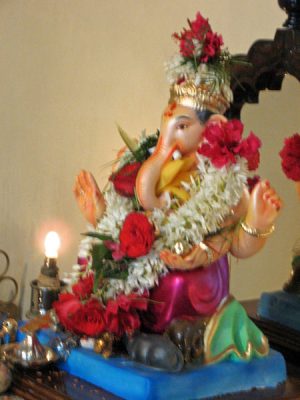
Gowrihar Puja
A Muhurta Patra (timing vessel) counts down the time to the wedding Muhurta (auspicious time). As the water from the vessel trickles away, the bride dresses in her wedding finery of a green or yellow saree. A half-moon is also painted on the bride’s head. The bride worships Goddess Parvati until she is called to the wedding Mandap.
Saat Pheras Wedding Ritual
When the time is right, the bride’s maternal uncle escorts her to the Mandap. An Antarpat (silk partition) separates the bride and the groom and Mantras are chanted. The Antarpat is removed and the bride and groom see each other. The elders shower them with Akshat. The bride and groom exchange garlands and among the chanting of mantras go around the sacred fire seven times (Saat Pheras or Saptapadi).
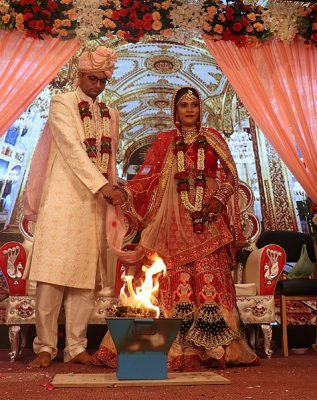
Laxmi Narayan Puja And Karmasamapti
After the marriage ceremony, the couple is worshipped as the divine couple of Goddess Lakshmi and Lord Narayan. During the Karmasamapti ritual, the couple worship Lord Agni and the bride’s brother playfully twists the groom’s ear to ensure he takes up his responsibilities as a married man.
Maratha Wedding Reception
At a grand wedding reception friends and family unite to celebrate the wedding. A feast is served and the new couple receives many gifts.
Jhal Phirawne Or Varat
The bride’s father symbolically gives the bride away to the care of the groom. It is often a tear-jerker moment as the bride’s father is generally very close to his daughter and heartbroken to give her away. Traditionally the bride’s family would walk the bride to her new home.
Griha Pravesh
The groom’s family welcomes the bride to her new home and performs Arti for the new couple. The bride enters after tipping over a container filled with rice using her right foot. The bride’s new name is also traced out in rice.
Suun Mukh Baghne
The groom’s mother looks at the bride’s face and then at her own face in the mirror to indicate that she considers the bride to be her own daughter. She then combs the bride’s hair.
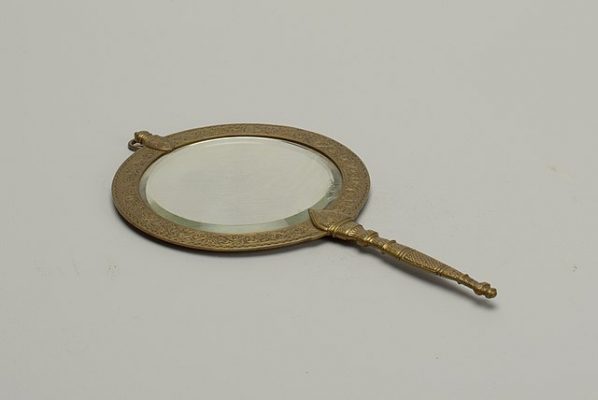
Tend Dune and Valhi Bet
On the day after the wedding, the groom’s mother gifts a saree and pearl jewelry to the bride and the bride’s father also gifts an item made of silver to the groom.
Tikhati Mejwani
Non-vegetarian families serve a non-vegetarian feast for two days in both the bride’s and groom’s homes.
Halad Utaravane
This is the reversal of the pre-wedding Haldi ceremony and five married women apply and symbolically remove the Haldi paste and the bride and groom can now go out. With this, the Maratha wedding rituals and ceremonies conclude.






